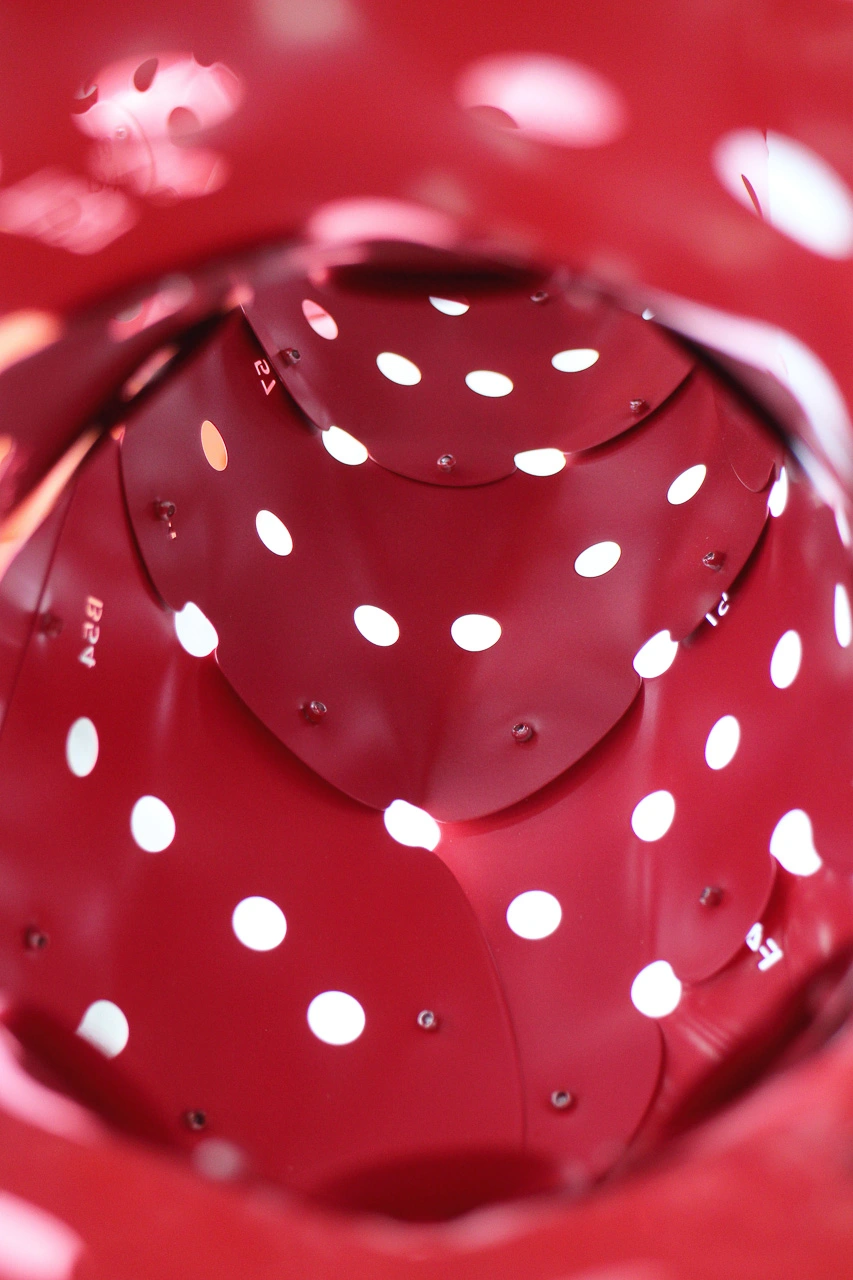
Exploring Modern Trends in Facade Cladding
The facade of a building is not only a visual statement but also a crucial component that affects its energy efficiency, durability, and overall performance. Recent trends in facade cladding emphasize a blend of aesthetics and performance, driven by advancements in materials, sustainability goals, and technological innovations. This article delves into the latest trends in facade cladding, highlighting how modern designs are balancing beauty and functionality.

Innovative Materials for Modern Facades
High-Performance Glass
High-performance glass is revolutionizing facade cladding by offering superior energy efficiency and aesthetic versatility. This glass can be treated with coatings that control solar gain, reduce glare, and enhance insulation. Options like electrochromic glass allow for dynamic tinting, adapting to changing light conditions and improving indoor comfort¹.
Natural Stone and Engineered Stone
Natural stone continues to be a popular choice for its timeless beauty and durability. Innovations in stone engineering have produced lighter, stronger, and more versatile cladding options that retain the luxurious look of traditional stone while improving installation efficiency and performance. Engineered stones combine natural materials with polymers to enhance strength and reduce weight².
Metal Cladding
Metal cladding, including aluminum, zinc, and copper, offers a sleek, modern appearance and excellent durability. These materials can be shaped into various forms and finishes, providing architects with extensive design flexibility. Additionally, metal cladding systems often incorporate advanced insulation layers, contributing to the building’s thermal performance³.
Composite Panels
Composite panels, such as aluminum composite material (ACM) and fiber-reinforced polymers (FRP), combine different materials to achieve specific performance characteristics. These panels are lightweight, durable, and can be manufactured in a variety of colors and textures. They provide excellent weather resistance and can be designed to meet specific thermal and acoustic requirements⁴.
Sustainable and Recycled Materials
Sustainability is a major trend in facade cladding, with an increasing focus on using recycled and environmentally friendly materials. Options like reclaimed wood, recycled metal, and bio-based composites offer a reduced environmental impact while maintaining high aesthetic and performance standards⁵.

Technological Advancements in Cladding Systems
Smart Facades
Smart facades integrate technology with traditional cladding materials to create dynamic building envelopes that respond to environmental conditions. These systems can include sensors, actuators, and control systems that adjust shading, ventilation, and light transmission in real time, optimizing energy efficiency and indoor comfort⁶.
Photovoltaic Facades
Photovoltaic (PV) facades incorporate solar panels into the building’s exterior, allowing the facade to generate electricity from sunlight. This technology supports energy self-sufficiency and can be seamlessly integrated into various architectural styles, providing both functional and aesthetic benefits⁷.
Ventilated Facades
Ventilated facades, or rainscreen systems, create a gap between the cladding and the building’s structural wall. This design improves thermal performance by allowing air to circulate, reducing heat transfer and preventing moisture buildup. Ventilated facades enhance energy efficiency and prolong the lifespan of the building envelope⁸.
Thermal and Acoustic Performance
Insulated Cladding Systems
Insulated cladding systems incorporate layers of insulation within the cladding materials, significantly enhancing the building’s thermal performance. These systems reduce heat loss in winter and heat gain in summer, leading to lower energy consumption for heating and cooling⁹.
Acoustic Insulation
In urban environments, noise pollution is a significant concern. Modern cladding materials are designed to provide acoustic insulation, reducing the transmission of external noise into the building. Composite panels and specific metal claddings can be engineered to improve sound insulation, enhancing indoor comfort¹⁰.
Aesthetic Innovations and Design Flexibility
Customizable Designs
Advancements in manufacturing technologies allow for highly customizable cladding designs. Techniques such as 3D printing and CNC machining enable the creation of intricate patterns and unique textures, providing architects with unprecedented design freedom¹¹.
Color and Finish Options
The availability of a wide range of colors and finishes allows facade cladding to meet diverse aesthetic requirements. From metallic and matte finishes to vibrant colors and natural textures, modern cladding materials can be tailored to suit any architectural vision¹².
Integrating Nature
Biophilic design, which integrates natural elements into the built environment, is becoming increasingly popular. Green walls and living facades incorporate vegetation into the building exterior, enhancing its visual appeal and contributing to environmental sustainability. These designs improve air quality, reduce urban heat island effects, and support biodiversity¹³.
The Future of Facade
The trends in facade cladding are a testament to the evolving demands of modern architecture, where aesthetics and performance go hand in hand. Innovations in materials and technologies are enabling the creation of building envelopes that not only look stunning but also enhance energy efficiency, sustainability, and occupant comfort. As the industry continues to advance, the future of facade cladding promises even greater integration of functionality and design.

References
“Electrochromic Glass for Energy-Efficient Buildings,” Green Building Advisor (2020).
“Engineered Stone: Combining Aesthetics and Performance,” ArchDaily (2019).
“Metal Cladding: Durability and Design Flexibility,” Building Design + Construction (2021).
“Composite Panels in Modern Facade Design,” Construction Specifier (2020).
“Sustainable Facade Materials: Trends and Innovations,” Architect Magazine (2021).
“Smart Facades: Integrating Technology with Cladding Systems,” Building Smart (2021).
“The Rise of Photovoltaic Facades,” Solar Power World (2020).
“Ventilated Facades: Enhancing Building Performance,” Journal of Building Engineering (2020).
“Insulated Cladding Systems for Energy Efficiency,” U.S. Department of Energy (2020).
“Acoustic Performance in Facade Cladding,” Environmental Protection Agency (2021).
“Customizable Cladding Designs with 3D Printing,” Architectural Digest (2021).
“Color and Finish Options in Modern Cladding,” Construction Dive (2021).
“Integrating Nature with Biophilic Facades,” Urban Green Council (2021).
Share